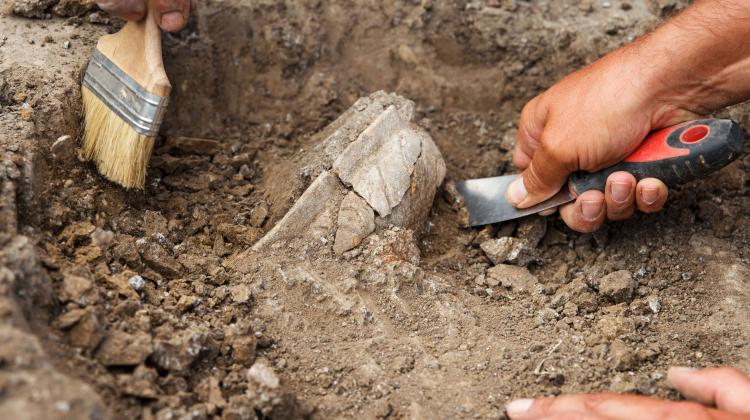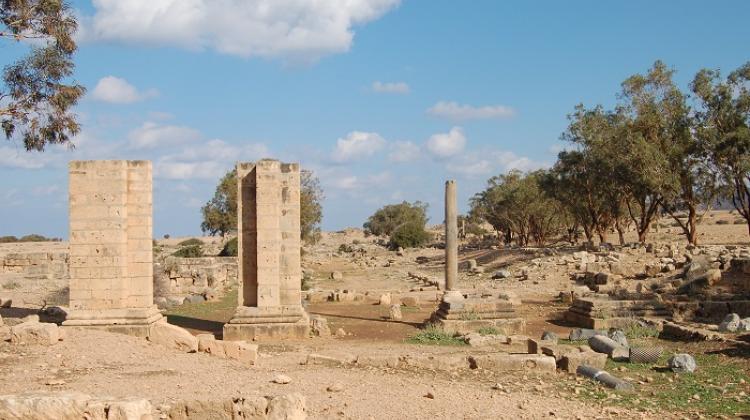Rich trove of Slavic grave artefacts rediscovered during ‘storage-room archaeology’
New archaeological investigations have uncovered around 40,000 fragments of clay vessels, a dozen metal artefacts from the 8th-10th century and hundreds of human and animal bones kept in storage for more than 60 years.
Initially discovered during excavations in the Slavic barrows in Lipsk-Polesie in Roztocze, it has not been until now that archaeologists have had time and opportunity to carry out an analysis and specialized research in what they call ‘storage room archaeology’.
Dr Łukasz Miechowicz from the Institute of Archeology and Ethnology PAS said: "One of the problems in archaeology is the huge number of monuments from old research stored in warehouses. This also applies to important research work carried out in the 1950s and 1960s as part of the so-called millennium research project.”
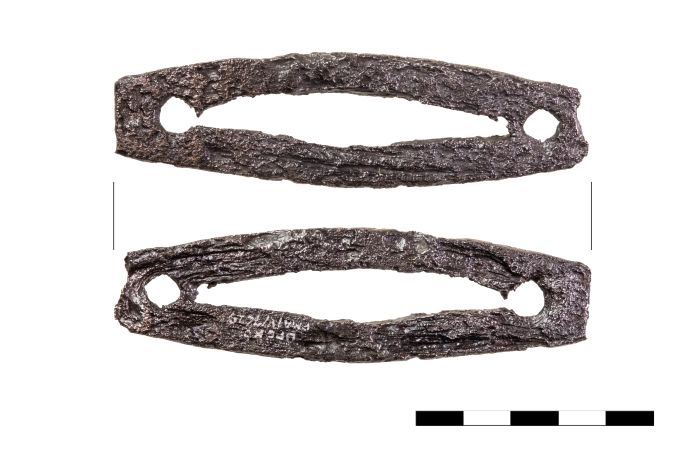
The millennium research was conducted on a large scale from the late 1940s to the 1960s across Poland. The goal was to explore the main Piast centres. Archaeologists then obtained a lot of data on the history of the Polish state in the early phases of its existence. At that time, 38 of 76 early medieval barrows in Lipsk-Polesie near Zamość were excavated.
Dr. Miechowicz said: “As a result, the same place became one of the best-studied cemeteries from the Slavic tribal period (it functioned between the 8th -and the 10th centuries) in Poland.”
Now, scientists have returned to the storage and reviewed the archaeological documentation including drawings and descriptions made by the discoverers.
The new analysis using graphic software allowed them to distinguish several types of Slavic crematory burials, including graves with wooden structures in the form of boxes under the barrows.
Miechowicz said: “In the case of two barrows, we found that their construction resembled that of early medieval houses, including the reconstruction of the furnace lined with a stone pavement that indicated its range.”
An 8th century barrow numbered 35 was one of the largest structures known from the period. At the top, researchers discovered a structure that resembled a semi-dugout with a stone pavement - furnace inside. Among the burnt bones, there was a spur, an arrowhead and a glass bead similar to those known from Scandinavia and far Ruthenia.
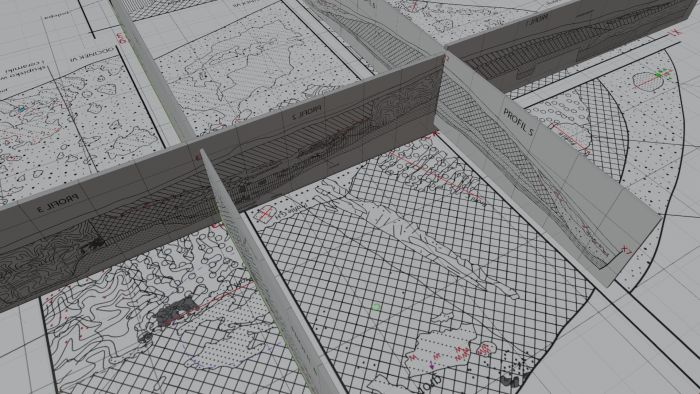
The researchers also examined the bone remains discovered in the graves.
Miechowicz said: “It turned out that only some of them were human bones, the rest were animal bones. In a few cases in this Slavic necropolis, horses or parts of these animals were also burned together with the deceased. They were extremely rare and elite grave offerings in the Slavic tribal period.”
He added that the barrow cemetery did not exist in isolation. The dead were probably inhabitants of the powerful fort and the associated settlements located a several hundred meters away.
Miechowicz continued: “To this day, it (the fort - SiP) has not been examined by archaeologists. Interestingly, it is also the location of St. Roman spring. Some members of the local population still believe that its water has healing properties. This could be an echo of old beliefs.”
Near Lipsk-Polesie, in the same period there was another settlement in Guciów near Zwierzyniec. In the 10th century, for unknown reasons, the cemetery, the fort and accompanying settlements in Lipsk-Polesie ceased to exist. However, settlement complexes soon emerged (in Czermno and Sąsiadka) that would become part of the Cherven Cities.
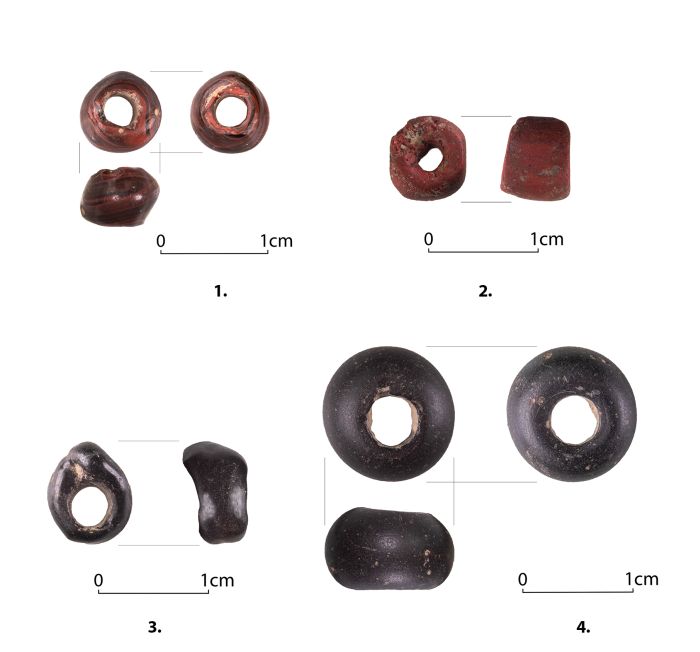
Dr. Miechowicz said: “When it comes to knowledge about the past, these materials have a huge potential. They are being re-discovered; some of only now undergo conservation. The documentation from this research is newly prepared, and it often concerns the most important archaeological sites for the research of the tribal period and the beginnings of the Polish state.”
The 'storage room' studies of artefacts from Lipsk-Polesie were financed with funds awarded by the Minister of Culture and National Heritage under the Protection of Archaeological Monuments programme. The project was co-financed by the Marshal's Office of the Mazowieckie Voivodeship.
The results of the project will include a monograph that will be published in December. It will also be available for download in a digital form websites of the State Archaeological Museum in Warsaw and the Institute of Archeology and Ethnology PAS. Its editors are Dr. Wojciech Brzeziński and Dr. Wojciech Borkowski. Meanwhile, you can follow the project results on its social media page: https://www.facebook.com/kurhanyLipskaPolesia.
PAP - Science in Poland, Szymon Zdziebłowski
szz/ zan/
tr. RL
Przed dodaniem komentarza prosimy o zapoznanie z Regulaminem forum serwisu Nauka w Polsce.






